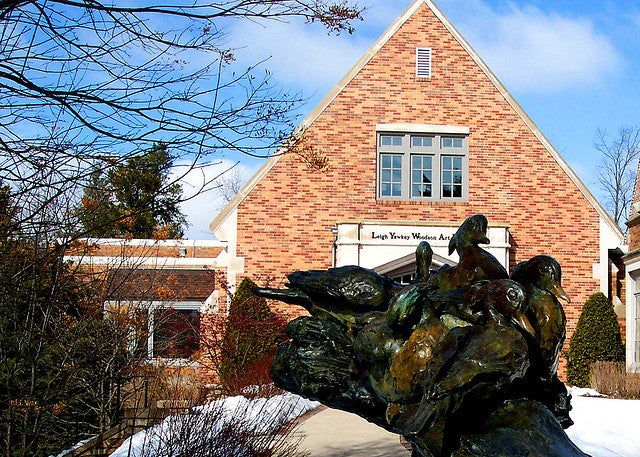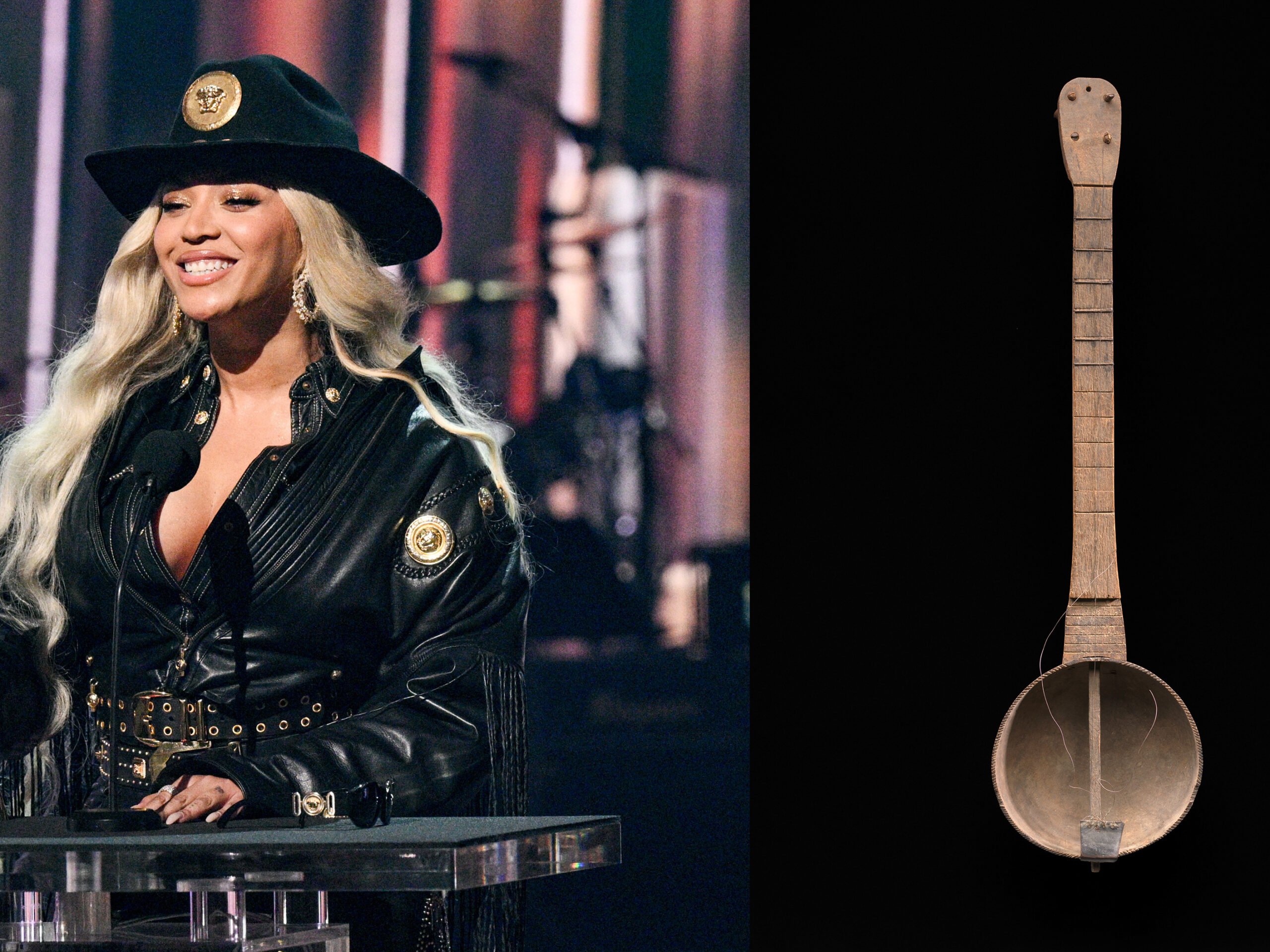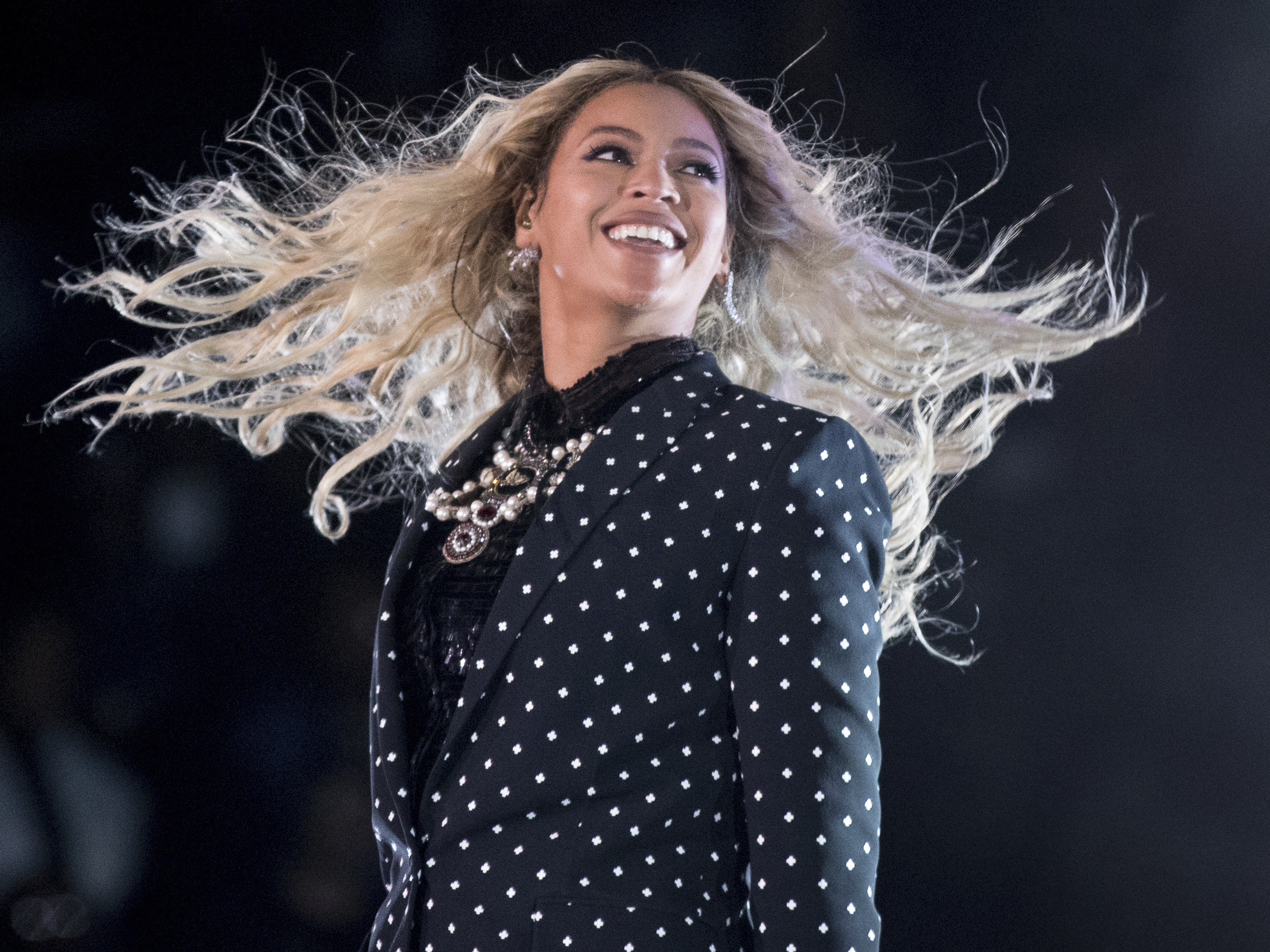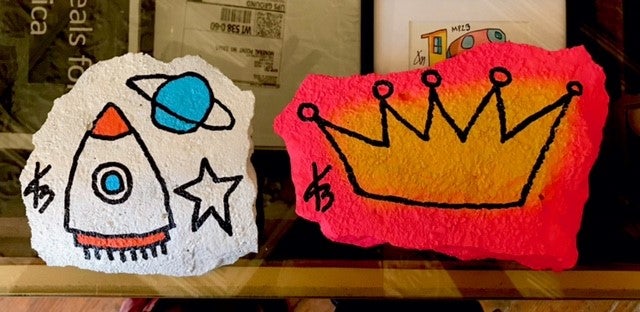An internationally renowned exhibit is marking its 40th year at Wausau’s Woodson Art Museum.
During the exhibit’s opening night this year, a chamber orchestra performed under a giant sculpture of two endangered whooping cranes. For the 40th consecutive year, Wausau is the unlikely host of one of the world’s greatest displays of avian art.
For museum director Kathy Kelsey Foley, “Birds in Art” has reached a milestone. More than 600 artists from around the world submitted their best work, and only 102 were chosen.
Stay informed on the latest news
Sign up for WPR’s email newsletter.
“Cream of the crop doesn’t even do it justice,” said Kelsey Foley.
Don Rambadt, of Milwaukee, said he admires a watercolor by British artist Darren Woodhead. Rambadt’s own work has been featured at “Birds in Art” for 15 years.
“Ninety percent of my work are birds,” he said. “Where I am in Milwaukee, we’re right on the migratory route. Loads of raptors in the fall, all kinds of songbirds in the spring. I think we all care deeply about the birds and the environment.”
A storm-tossed raven bristles in a charcoal drawing by Michigan artist Karen Bondarchuk. In 2008, “Birds in Art” featured her sculpture of a human-sized crow made out of tire scraps — a commentary on the environment and a then-struggling auto industry.
“It’s called ‘Corvus Deflatus,’ and it was a very large crow,” she said.
Bondarchuk said she believes crows and ravens have much to tell us about ourselves.
“I see their behavior as being really close to our behavior,” she said. “They’re intelligent. They’re annoying. They’re able to adapt to pretty much anything that’s going on. And I see us doing pretty much the same right now with climate change going on. Humans are scrambling, trying to adapt.”
Andrea Rich, of Santa Cruz, California, said she found long-eared owls trying to adapt to a hot climate and turned the experience into a wood-cut image.
“Central California, it’s hot and there aren’t very many trees,” she said. “And the tree was filled with long-eared owls. There were about 14, 15 of them in the one tree.”
Rich said in California, the people are also trying to adapt.
“We’re having a tough time out there,” she said. “It is hot, hot, hot, and very dry. We’re in our fourth year of drought, a lot of fires this year. We have to completely rethink our water use.”
What appears on the surface to be simple, wildlife art, often has an underlying political message.
Guy Coheleach is a New Yorker who said he finds refuge in his scenes of birds and big game animals.
“When you grew up in the concrete jungles of New York, and you get down to the barrier beaches of Long Island, or you get into the woods, it’s like a cathedral,” he said. “It really is. I was raised going to church, but right now I feel closer to God in the forest.”
A contributor for all 40 years, Coheleach said he wants to stop the growth of concrete jungles.
“If we keep spreading out and exchanging rivers and forests for concrete and glass, the animals aren’t going to live in concrete and glass,” he said. “If you like wildlife, if you like the outdoors, if you like nature, it’s imperative that we try to preserve it.”
Last year, the Woodson Art Museum used art to commemorate the extinction of the passenger pigeon. This year’s artists hope that the birds they portray will not suffer a similar fate.
Wisconsin Public Radio, © Copyright 2024, Board of Regents of the University of Wisconsin System and Wisconsin Educational Communications Board.




